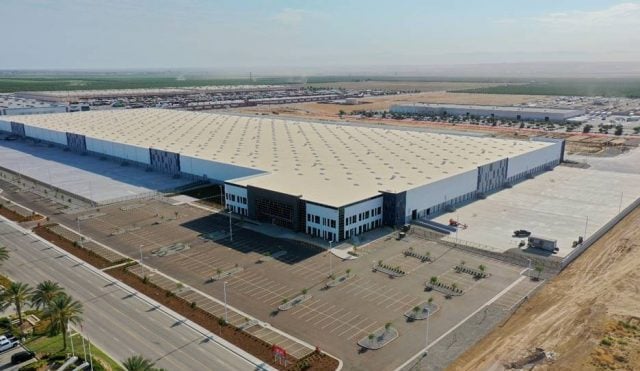ORLANDO—What's really fueling the commercial real estate market growth in Central Florida. That depends, in part, on whom you ask.
If you ask Stephen McCraney, he'll point to industrial. Others will point to the multifamily market. Still others point to retail.
GlobeSt.com caught up with Josh Busby to get his thoughts on the region's growing commercial real estate market in part two of this exclusive interview series. You can still read part one: Which Central Florida Submarkets Are Hottest?
GlobeSt.com: What are the occupancy levels and rental rates you are currently seeing in the Central Florida retail market?
Busby: Central Florida is experiencing an average of 90% to 92% occupancy level at grocery—and discount store-anchored shopping centers today, with leasing rates averaging $14 to $16 per square foot—rates that are competitive to nearby markets such as Jacksonville and Tampa. Throughout the region, we're seeing specialty grocers, like The Fresh Market, really driving up commercial prices as established national tenants are willing to pay higher rents for a location in the most desirable shopping centers with the highest surrounding residential density.
These high-demand retail properties are averaging rental rates of $30 to $45 per square foot. Variables such as the quality of the shopping center, condition of the space, and location within the center itself are influencing the rental rates that landlords can command and as a result, are driving up rents in certain submarkets.
GlobeSt.com: What factors do you consider are fueling the commercial real estate market growth in Central Florida?
Busby: As trade areas continue to shift and demographic changes take place, it is creating a retail space void in markets that were once not viewed as desirable. This trend is taking shape in Orlando's South Orange Avenue corridor as the increase in professionals residing there is driving up both demand and prices within the commercial real estate market.
Downtown Orlando's peripheral areas such as SoDo, the Medical District, Thornton Park, and Mills Park are seeing a spillover effect from the infill urban development happening in the Central Business District. These neighborhoods are benefitting from the population growth and experiencing their own revitalization. Within Downtown Orlando alone, many residential developers are opting to add a retail component on the first floor of their projects, drawing restaurants, service providers, cafes and lounges looking to set up shop in these urban locations.
© Touchpoint Markets, All Rights Reserved. Request academic re-use from www.copyright.com. All other uses, submit a request to [email protected]. For more inforrmation visit Asset & Logo Licensing.






